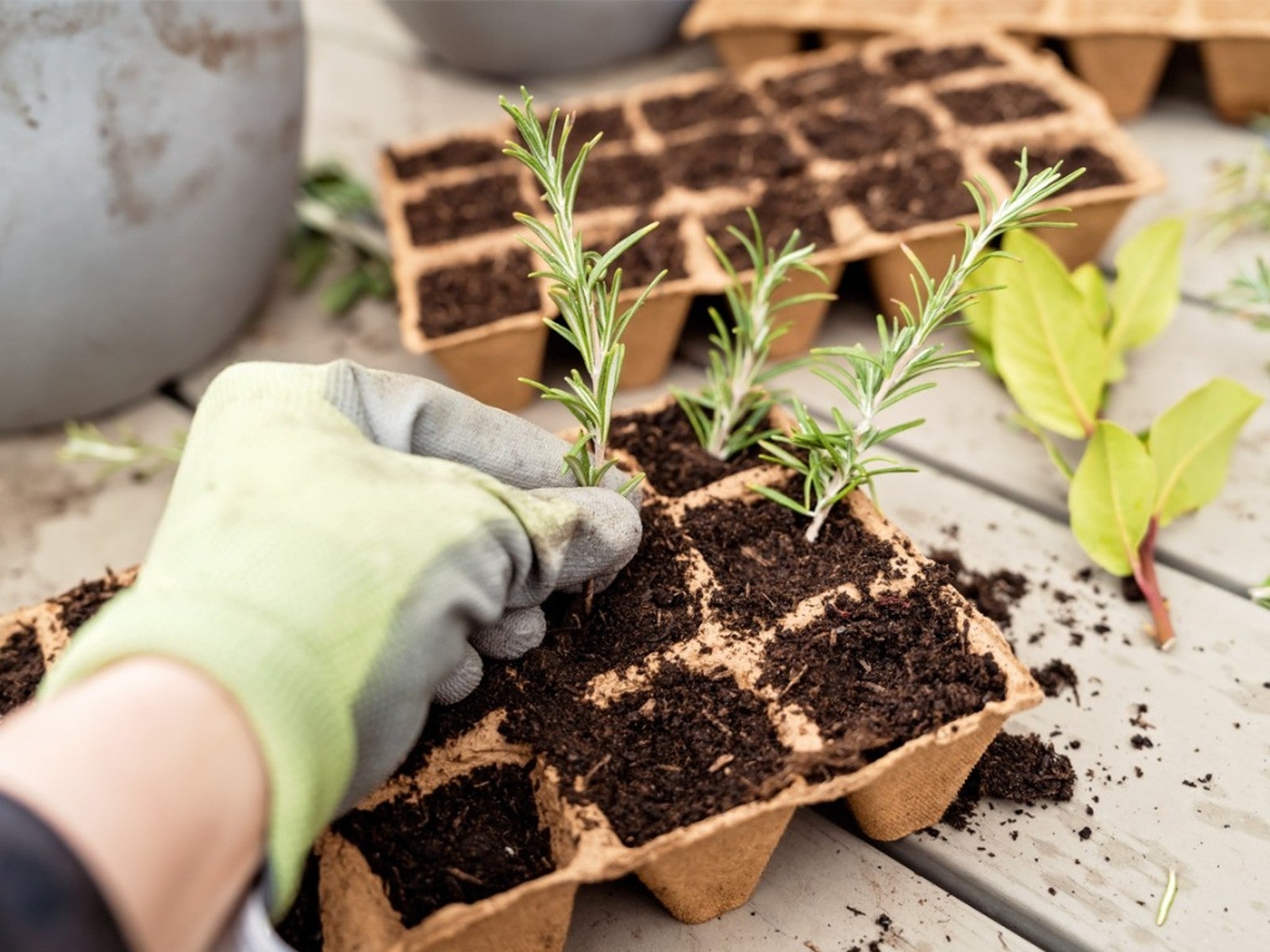5 Ways To Get Free Plants For Your Garden


A stroll through a boutique garden store might lead you to believe that filling a garden with happy, healthy plants is only for the well-heeled. But those very plants that have soaring price tags in the store might be yours for free if you are willing to be a little creative. If you are wondering how to get free plants, you've come to the right place. Read on for five tried-and-true paths that lead you to free garden plants.
1. Saving and Planting Seeds
If you have time, planting seeds is an easy way to increase the number of garden plants. A packet of seeds costs a lot less than one houseplant, but if you really want free plants, save seeds from your current favorites, especially from heirloom plants.
Gathering and saving seeds works for flowering plants (think nasturtiums) as well as many vegetables like squash. Some plant self seed (like California poppies) so all you have to do is wait. Note that you can also use seeds from organic veggies purchased at a farmer’s market. Many an avocado tree has resulted from the desire for guacamole.
2. Cuttings Rule
Unlike mammals, many plants propagate from cuttings. It feels like something out of a fantasy, a type of botanical magic, but confirmed gardeners and plant lovers swear by it. At its most simple, propagation by cuttings involves taking a clipped off or broken section of a plant and rooting it into an entirely new and separate plant. And the new plant is an exact duplicate of the “parent.”
So many plants can be cloned in this fashion that it is not possible to list them all. But houseplants like pothos, philodendron, and corn plants can all be grown from leaf or stem cuttings. So can most succulents. Save the trimmings, root them in water or soil, and off you go. Spider plants create and root their own cuttings with their babies that grow on stems.
3. Divide and Conquer
Another plant propagation trick is called division. This is an ideal way to use your established perennials and bulb plants to get new plants for free. It works well for plants with runners, bulbs, tubers, or rhizomes that produce multiple stems above the ground.
Far from harming the original plant, division usually helps them grow more vigorously by giving them more elbow room. Naturalized bulbs like daffodils produce additional bulbs underground, and when you see the flowers diminishing, it’s time to dig up the bulb mass and split it into pieces.
Gardening tips, videos, info and more delivered right to your inbox!
Sign up for the Gardening Know How newsletter today and receive a free copy of our e-book "How to Grow Delicious Tomatoes".
The steps for division are pretty straight forward: water well, dig up the root ball of the plant and lift it out of the ground, divide the clump of roots or bulb into smaller clumps. Plant your new, free garden plants in a new location.
4. Neighborhood Giveaways
Some neighborhoods have websites allowing residents to gift unwanted items to others, and plants are among the “items” frequently featured. Scour your local website and give these plants a new home in your garden or house - for free.
If you live in a reasonably urban area, keep your eyes out for organized neighborhood plant swaps or giveaways. These are great spots to pick up new plants as well as information about caring for them. It also allows you to connect with the gardeners in your neighborhood.
5. Don’t Shop: Adopt!
Where to get free plants? Walk around the neighborhood on garbage day and see who you can rescue. Many people are gifted with or purchase plants that they do not know how to care for, so they dump them when they start to fade. Plant rescuers report spotting dozens of perfectly good potted plants on the sidewalk, looking for a good home.
This is also a perfect way to learn about taking care of plants. Use the internet to identify the plant and figure out what it needs in terms of sunlight, soil, fertilizer, and cultural conditions - then make sure the plant gets those conditions. It’s a win-win proposition.

Teo Spengler is a master gardener and a docent at the San Francisco Botanical Garden, where she hosts public tours. She has studied horticulture and written about nature, trees, plants, and gardening for more than two decades. Her extended family includes some 30 houseplants and hundreds of outdoor plants, including 250 trees, which are her main passion. Spengler currently splits her life between San Francisco and the French Basque Country, though she was raised in Alaska, giving her experience of gardening in a range of climates.